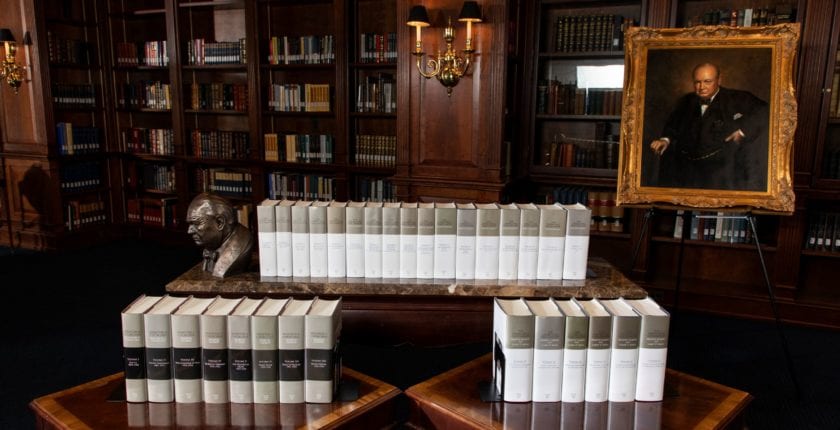
“Winston S. Churchill”: The Triumphant Story of the Official Biography
This history of the Official Biography was first published in Finest Hour 190, Fourth Quarter 2020
“We go back a long way,” Hillsdale College President Larry Arnn recently reminded me. “I knew Dal Newfield.” He realized that would invoke a fond memory. A few still remember the man responsible for where some of us are today.
Dalton Newfield was a Sacramento army veteran who had admired Winston Churchill since he saw him live during World War II. In 1970, I shrank away from Finest Hour after the first eleven issues. I was clearing the decks for an automotive writing career in New York City. Dal rescued the thin little newsletter of the “Winston S. Churchill Study Unit” and produced 22 issues. His first cover was memorable: a replica of The Times front page for 30 November 1874. In the upper left corner, each copy was marked with a hand-applied red dot. It was an announcement: “Born at Blenheim Palace, of The Lady Randolph Churchill, a son….”
The Newfield era
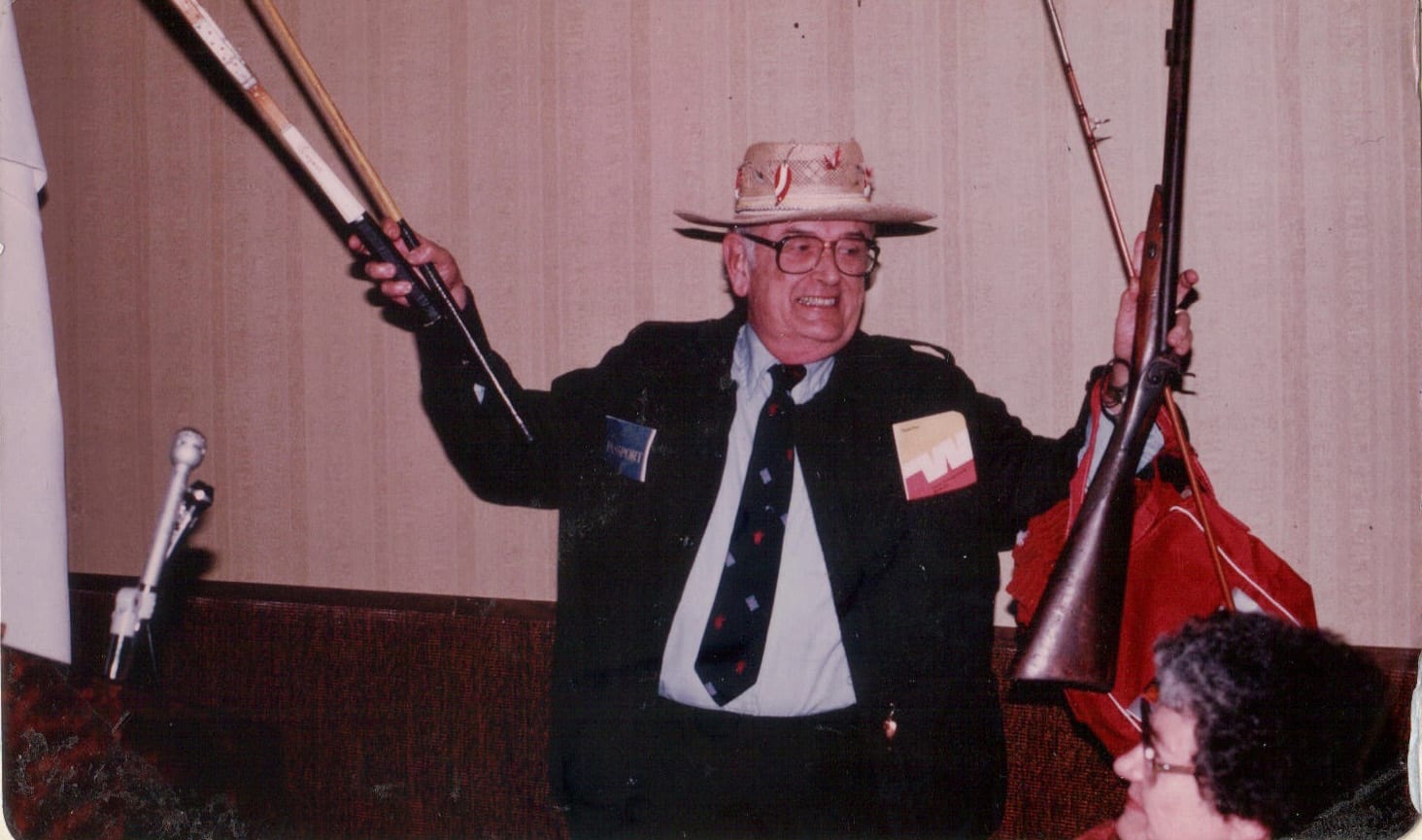
Dal’s increasingly interesting editions extended far beyond the original scope of stamp collecting. We never had more than $300 in the bank, but he found a friendly printer. Here he begged or borrowed what we then called “half-tones”—photos to liven it up. We couldn’t afford typesetting, so he typed each issue on a carbon ribbon Selectric. Running out of space, he’d continue articles up and down the margins. It was a happy, eclectic little news-sheet, brimming with Churchilliana.
“Look,” Newfield said early on: “Stamps are fine, but they don’t do justice to this grand character. We need a broader approach. You came up aces with the title Finest Hour. Now let’s rename the organization.” I suggested “International Churchill Society.” It seemed like a good idea at the time.
High among Dal’s priorities was Sir Winston’s deep literary heritage. He produced many articles about Churchill’s books and books about him, especially Winston S.. Churchill, the Official Biography. (Actually there was nothing “official” about it, except that it was based on Churchill’s archive. But the biographers were never asked to follow a particular line.) Martin Gilbert had just succeeded first author Randolph Churchill, who had published seven volumes. I invited Randolph to be our first honorary member, two weeks before he died in 1968. Martin, a stamp collector, remembered when my letter arrived.
Books, books and more books
Books were Newfield’s forte—he was the world’s first Churchill specialist bookseller. He worked to get member discounts on Martin’s first volume, The Challenge of War 1914-1916. By 1975, when Martin published the “companion” or document volumes to that work, the book business was taking all Dal’s spare time. He gave up editing, and Finest Hour vanished. Meanwhile he was selling me books and reigniting my Churchill compulsion. In 1981 he slyly suggested: “You’re freelancing now, so why not revive FH? There’s enough in the treasury for one issue, and I have a pretty good promo list.”
He sure did. One of our first subscribers was U.S. Secretary of Defense Caspar Weinberger. We returned his check and made him an honorary member. “That way,” Dal said, “he can never get away.” I later came to know this fine man personally. He was the first of many introductions to “the good and the great” through the magic name of Churchill.
Alas only a few months later, Dalton Newfield suddenly died, leaving his many friends bereft. One of those was a scholar named Larry Arnn. They had met in the late 1970s, when Larry was Martin Gilbert’s chief of research, while studying at the London School of Economics and Oxford.
The Official Biography falters
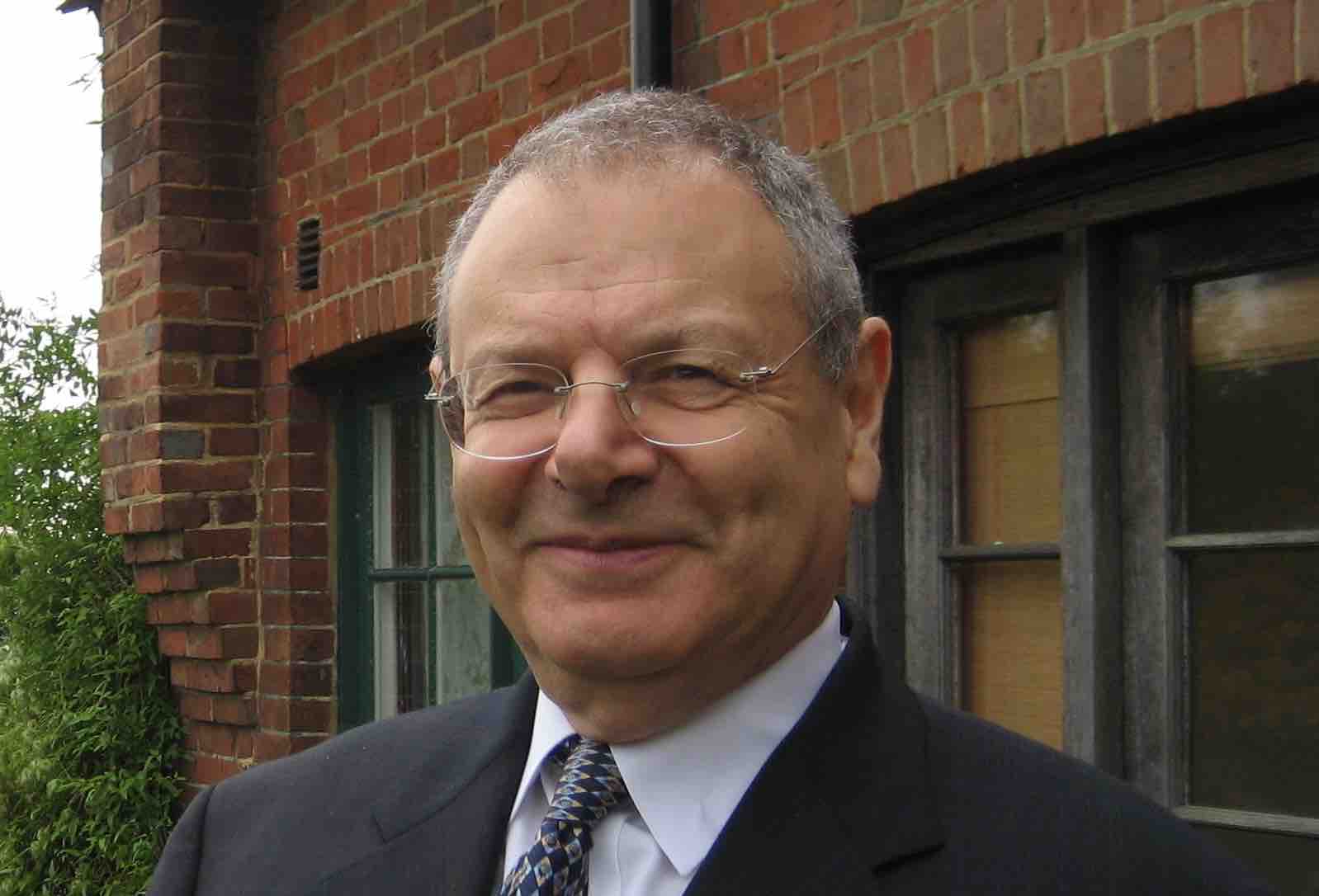
Larry had joined Martin in 1977, after publication of biographic Volume 5, Prophet of Truth 1922-1939. Martin and his staff developed the document volumes for Prophet of Truth. Working with them was a Lancashire girl named Penny, the future Mrs. Arnn. They left for the States in 1980, and the third and last of the Volume 5 documents did not appear until 1983.
Martin and his team were fastidious, and would not be rushed. They interviewed anyone who knew Churchill, vacuuming every archive and resource. Originally Randolph had envisioned five volumes of biography and ten of documents, but the job was exploding. At 1106 pages, Prophet of Truth was nearly double the size of the first narrative volume. At 4592 pages, its accompanying documents nearly quadrupled the page count for the “companions” to Volume I.
Martin Gilbert was not independently wealthy, his pay for the biography low. Often he would set it aside to take on other assignments. Like Sir Winston himself, he was “living from mouth to hand.” The Official Biography was repeatedly delayed. The last three narrative volumes were done by 1988, but of their accompanying documents, there was no sign. After the last biographic volume the publishers, Heinemann and Houghton Mifflin, lost interest. They saw the job as essentially finished; the slow-selling documents were unprofitable. Yet from a scholarly standpoint, they were the heart of the work.
Stepping up
Here was where the seeds Dal Newfield planted took root. Born among two-dozen stamp collectors, the Churchill Society by the mid-1980s had acquired some serious visionaries. “If you want to do something lasting,” they said, “find a way to publish things commercial publishers won’t touch.” In 1986, launching the Churchill Literary Foundation, we set out to do just that.
It began small, with a booklet by the aforesaid Caspar Weinberger. Through it we raised support for more. By 1992 we’d produced ten specialized publications including Churchill’s The Dream and his Chartwell Bulletins, even a series of fifty-year calendars (1940-90, and so on). The last special publication, The Churchill Companion (2013) brought the total to twenty-four. The Foundation (part of the Churchill Centre after 1995) worked with publishers to reissue long out-of-print books. In short order we saw the Malakand Field Force, Savrola, The Boer War, the six-volume World Crisis. I even published one myself—India, Churchill’s rare book of speeches. But the question remained: how to finish the Official Biography?
Wendy Reves and the War Papers
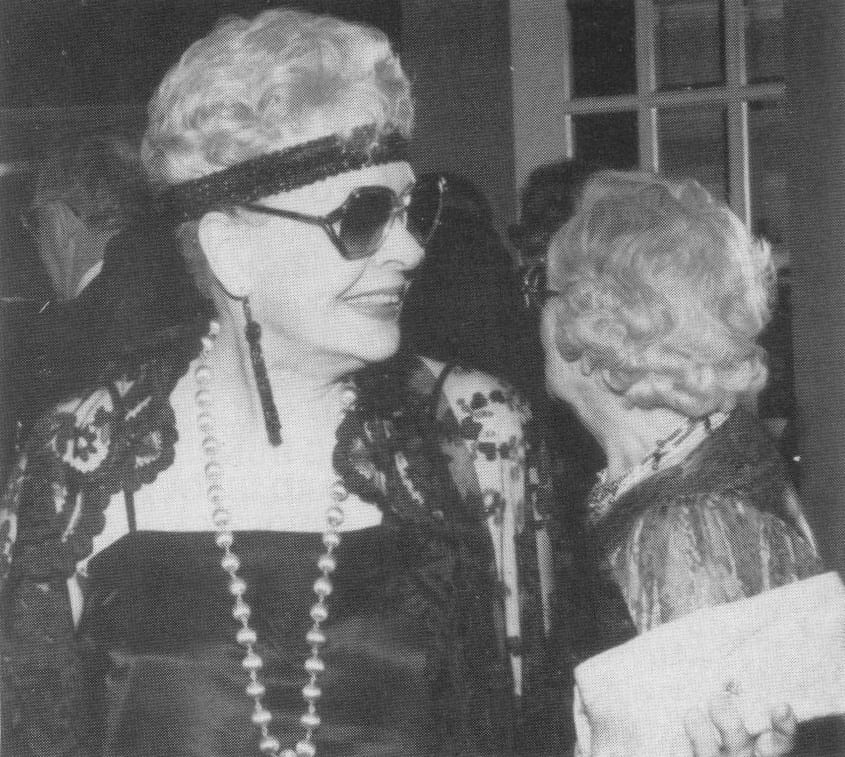
Fortune then smiled in the person of Wendy Reves, vivacious widow of Emery Reves, Sir Winston’s literary agent. The devoted Reveses had hosted WSC in his old age at their Riviera villa, “La Pausa.” Emery died in 1981 but Wendy still lived there. I met Wendy at the Hotel Pierre in New York in 1986. There was no mistaking the former fashion model: smartly dressed, dark glasses, trademark headband. She became an enthusiastic supporter.
In 1990 we began seeking to restart the document volumes. They had ended in 1939—tantalizingly, the eve of Churchill’s finest hour. To cover 1940-65, Martin Gilbert said, would require at least six more. We passed his thoughts to Wendy—she always referred to him in French as Monsieur Geel-bear. “How much will it take?” she asked. We told her. She said, “When can he start?”
Thus followed three huge document volumes, The Churchill War Papers, covering September 1939 through December 1941. The publisher was W.W. Norton. Heinemann in London tagged along, popping their logo on the spine and selling their version at twice Norton’s price, pleasing nobody.
Martin’s output, vast and wonderful as it was, didn’t please the sponsor. The first two volumes arrived in quick succession in 1993 and 1994. Then Martin became sidetracked again, and we didn’t see the third until 2000. Wendy had faithfully kept her bargain, paying the bills for each (mainly secretarial and research staff). But the six-year delay exhausted her patience. “I’m done,” she declared. I recall that Martin himself didn’t greatly object. I think he was fairly exhausted, too.
Larry Arnn raises the Tattered Flag
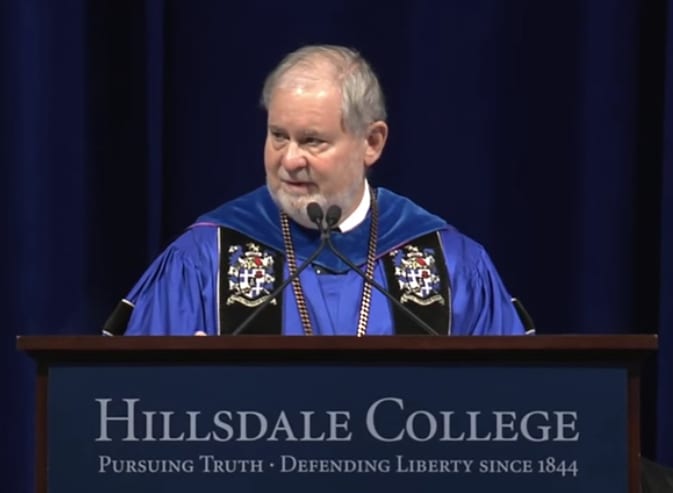
Now what? Unbeknown to us, another champion was in the field who would finish the job. Happily, it was somebody we knew and trusted, a man who has never let us down. So it was that Larry Arnn, by now president of Hillsdale College in Michigan, set out to finish the longest biography in history. In so doing, as Churchill said, he raised “a tattered flag found lying on a stricken field.”
The task ahead was daunting. Raw material for the remaining document volumes was mainly assembled. It comprised thousands of papers covering 1943-65. Indeed Martin Gilbert had compiled a “wodge” of documents for almost every day of Churchill’s life. But all had to be edited into a coherent whole. Sources needed to be checked, cross-references listed, rejects weeded out, additions pondered, facts verified. A comprehensive index and footnotes were needed, including thumbnail biographies of every person mentioned. And Martin wasn’t getting any younger.
The rescue
So Hillsdale College arranged to buy the Gilbert Papers, to work out rights and permissions, and to publish the volumes—not with an outside publisher but through Hillsdale College Press. Martin Gilbert would remain editor, with this proviso: “If for any reason you are unable to finish it, we will.”
Dave Turrell, my former associate editor at FH, recalled the “heart-stopping moment” when we realized Dr. Arnn’s full plan: “Not only would Hillsdale produce the remaining seven documents of the Official Biography. It would first go back to the beginning, reissuing all twenty-four previous volumes in a uniform edition, modestly priced within everyone’s pocketbook. Those of us waiting for new material would have to wait awhile longer. It was frustrating, but in hindsight it was the correct decision. It incidentally broke the hearts of secondhand booksellers around the world. The Churchill Documents 11-13 sold for $60 each, compared to thousands for the old Companion Volumes to Volume 5.
In 2006, forty years after they had first appeared, Hillsdale reissued Volume 1, Youth 1874-1896 and its two volumes of documents. It wasn’t until 2013 that new ground opened with The Churchill Documents Volume 17, Testing Times, 1942. Dear Martin Gilbert died in 2015, leaving the majestic legacy of eighty-eight books on Churchill, Jewish and 20th Century history and a global following. He lived to see all his past volumes back in print, and one new volume too. Testing Times bore his name as editor. All six volumes published since his death carry his and Larry Arnn’s bylines.
“History lived and made in real time”
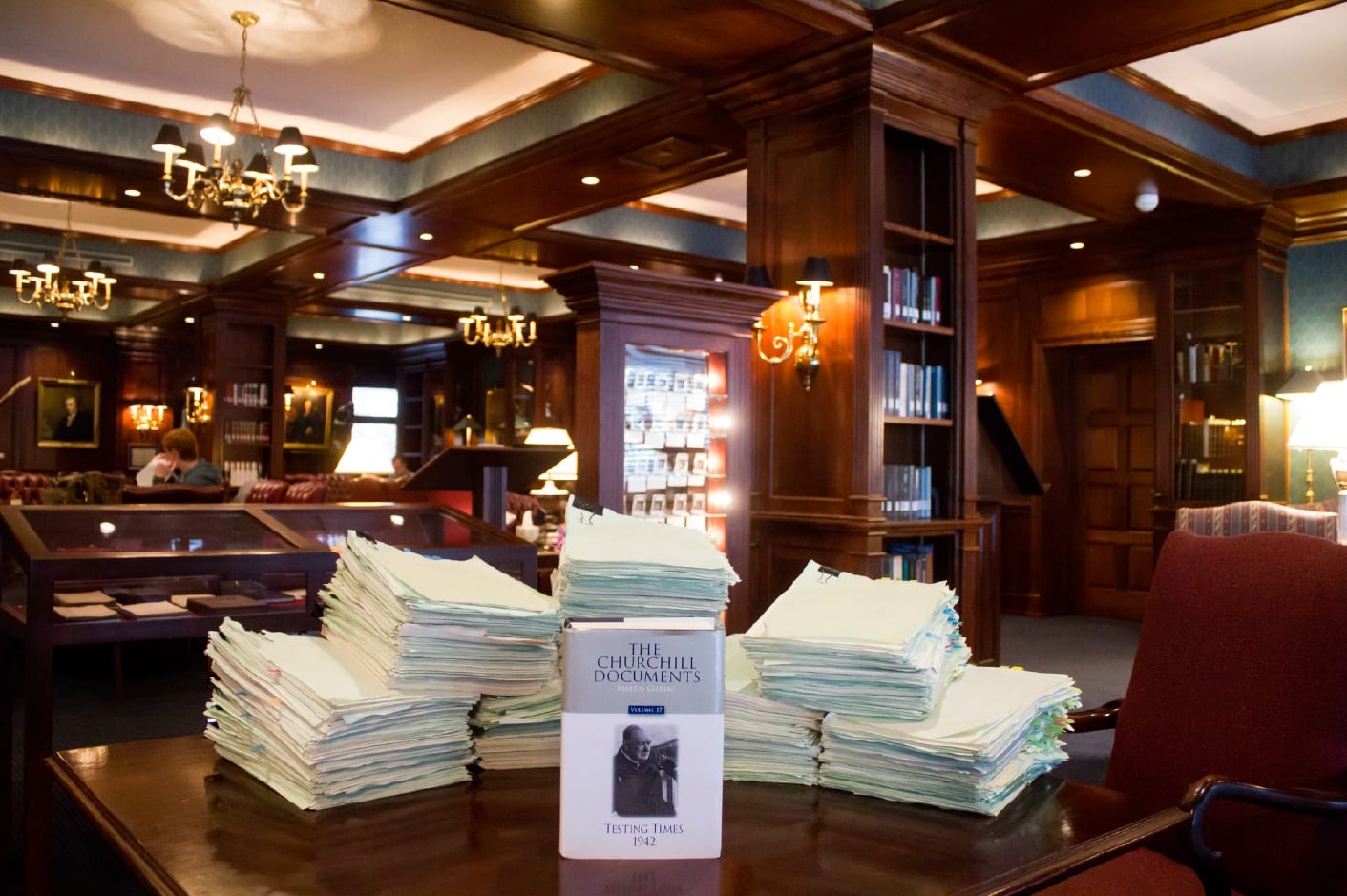
Careful attention to detail makes these books invaluable. Start with pagination: each reprint carries the same page numbers as the originals. So citations are always the same, regardless of edition. The scholarly endnotes were largely the work of Hillsdale’s Churchill Fellows: students engaged in Churchill classes or research, under the supervision of Dr. Arnn and Research Director Soren Geiger. My own role was to read the manuscripts, querying points, providing new references, or possible additional material.
The indexing is exhaustive, far deeper than the earlier volumes. Indexer Sheila Ryan won the American Society for Indexing Excellence 2019 Award for The Churchill Documents 21, The Shadows of Victory, January-July 1945. E-book versions of the eight narrative volumes are available, and electronic document volumes are forthcoming.
A expanding endeavor
Scores of scholars have testified to the historic value of all this labor. “We will never again have so thorough a record of any statesman’s decision-making, so vast and consequential,” wrote Eliot Cohen. “Accompanied by a full apparatus of footnotes identifying persons mentioned, correcting dates, and clarifying obscure references, the document volumes contain an extraordinary array of materials: official memoranda, correspondence, speeches, diary entries by friends (and enemies), reports, instructions, recollections, and even dinner lists.” They also have a use beyond research, Dave Turrell added: “They can also be read in their own right. Not only do they tell their own story, but the voices we eavesdrop on increase our understanding. They read as a radio play, where we get to hear history being lived and made in real-time.”
Publishing the world’s longest biography would be enough for many, but it didn’t stop there. Simultaneously, Dr. Arnn started the Hillsdale College Churchill Project to exploit and apply the lessons of Churchill’s rich, inspiring life. “The study of statesmanship,” he says, “is central to Hillsdale’s mission, which includes cultivating the moral and spiritual values. The classics teach that we can best understand the art of statesmanship by studying those who have a reputation for it. One sees prudence, the virtue of the statesman, most clearly through the words and actions of those who pursued justice in the midst of the obstacles and necessities of political life.”
End of the beginning
What better model for teaching statesmanship? “Churchill’s career was long, the facts so well recorded, the quality so very high. It spanned the largest wars, the greatest depression, the worst tyrannies, and the most rapid advancement of technology and therefore of human power. As he faced these crises, Churchill wrote with profuse detail and with great ability about his doings, thereby leaving one of the richest records of human undertaking.” Its legal structure ensures that the Churchill Project will continue long after all of us are gone. For that reason I joined the team in 2014. Working with Hillsdale’s bright young students is a privilege and an inspiration. A center for Churchill Studies is something I dreamed about for 40 years. Dalton Newfield dreamed about it too.
“A right understanding of Churchill’s record” requires deep resources. Along with the Gilbert Papers, the Project acquired the Ronald Cohen collection of Churchill essays, forewords and contributions—Sections “B” through “G” of his Bibliography. Ron himself donated his collection of recordings, the authentic voice of Churchill, now being digitalized for online access. The College has received or is in line for other collections of Churchill books, artifacts and papers, my own included.
These materials combine to teach statesmanship through the best teacher of modern times. The method includes national conferences, symposia, scholarships, online courses and an endowed faculty chair. A steady flow of new publications will follow. One is an electronic version of the Cohen Bibliography. We hope to do more publishing of original texts, obscure writings not seen since first publication. Most recently, the Project marshaled a battery of scholars to defend Churchill’s good name from an outburst of defamation. Suitable, I think, for a college whose motto reads, “Pursuing truth and defending liberty since 1844.”
“Ambassadors of Providence”
Through these endeavors, Hillsdale is building an institution for Churchill research, scholarship, and learning. You may also subscribe, with 60,000 others, to bulletins on new articles, research papers and video resources, and announcements of free online courses and events. For details visit winstonchurchill.hillsdale.edu or email this writer.
The official biography is done, the work goes on, the subject is evergreen. “Great men are the ambassadors of Providence sent to reveal to their fellow men their unknown selves,” said President Calvin Coolidge. “To them is granted the power to call forth the best there is in those who come under their influence.” Here in Winston Churchill, we have the story of one man, it is true; but a man who shows us what we are, all of us, at our best.






